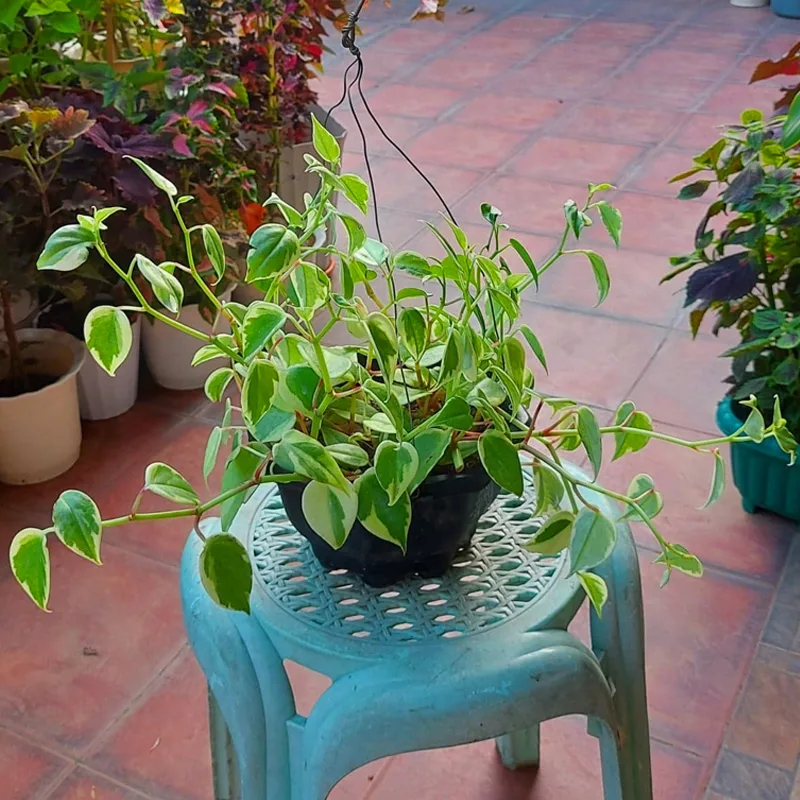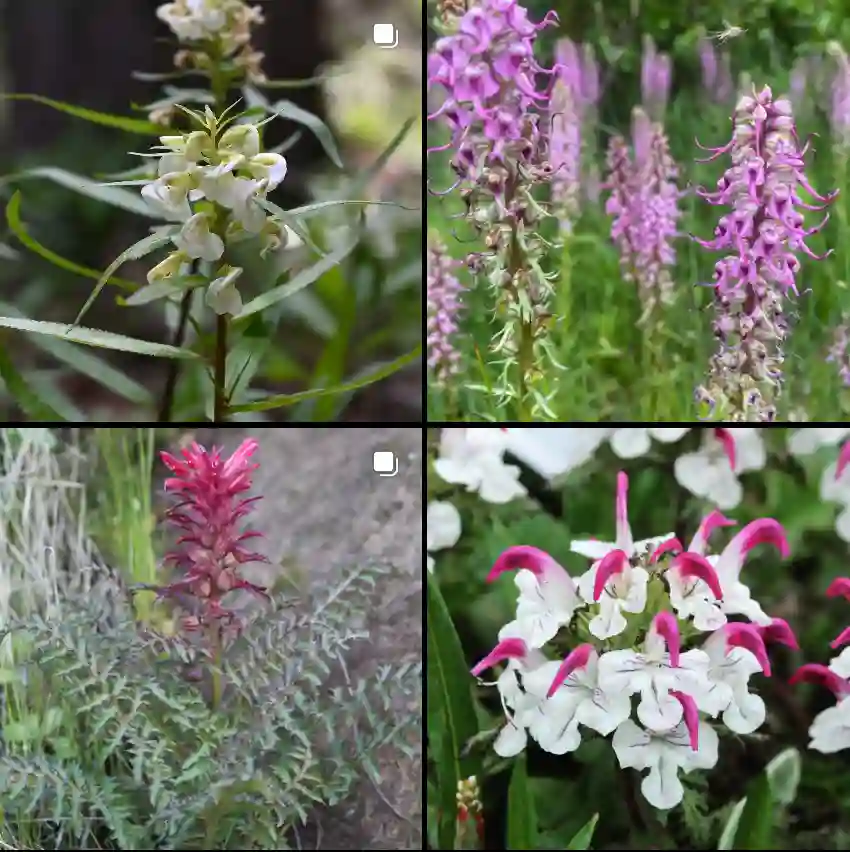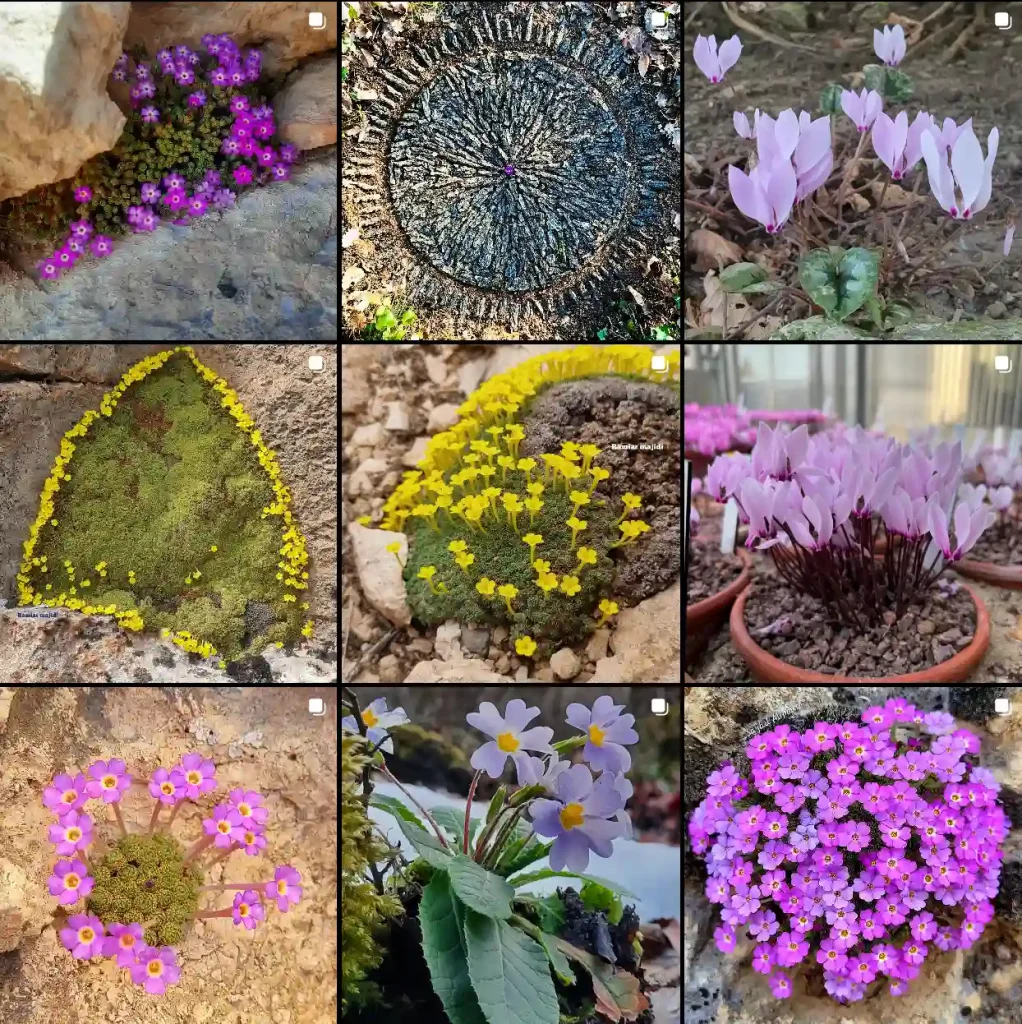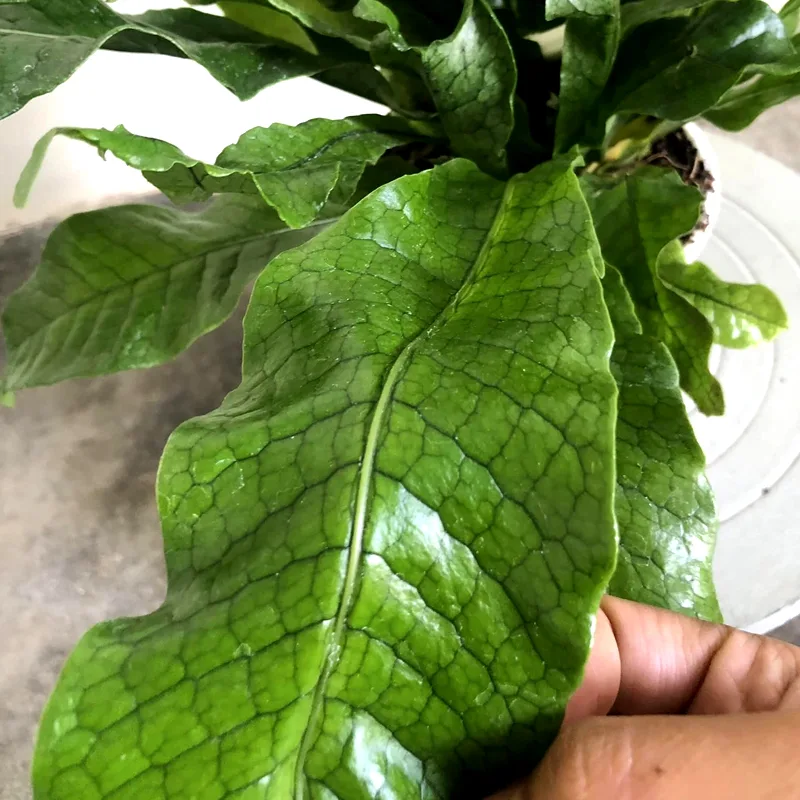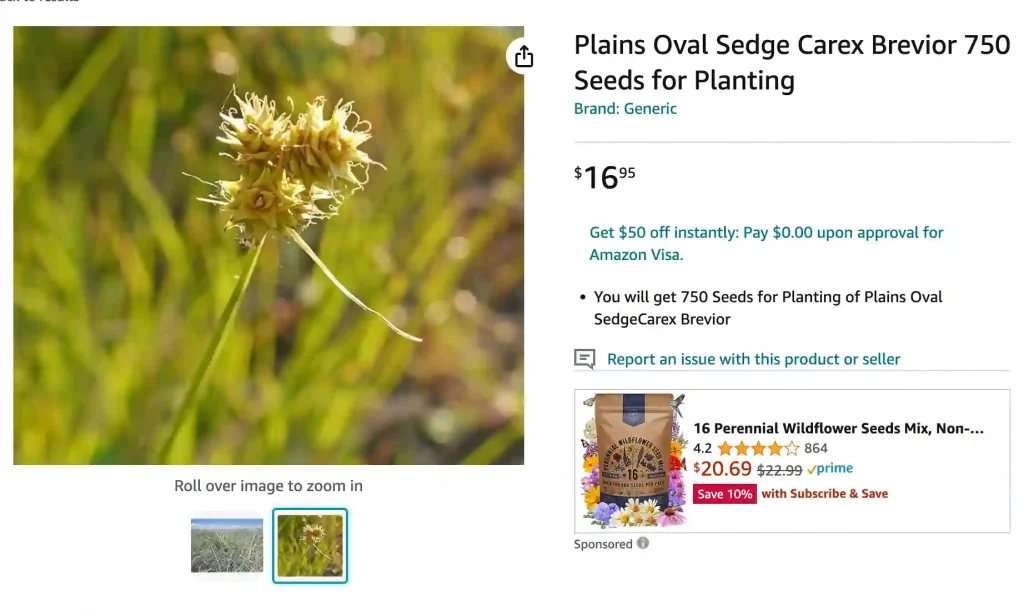
FAQs About Carex Brevior: A Personal Journey
As a plant enthusiast, I’ve spent countless hours exploring various species, and Carex Brevior stands out as a unique and beautiful addition to any garden. In this article, I’ll address some frequently asked questions about this stunning plant based on my experiences.
2324 Species in Genus Carex
What Is Carex Brevior?
Carex Brevior, commonly known as Short Carex, is a perennial sedge native to various regions. It thrives in moist, well-drained soils and is often found in wetlands, along streams, or in shady woodland areas. What I love about this plant is its graceful, arching foliage that brings a lush, green vibe to any landscape.
How to Care for Carex Brevior?
Caring for Carex Brevior is relatively straightforward. Here are the key aspects I’ve learned over time:
- Light Requirements: This plant prefers partial to full shade. Direct sunlight can scorch the leaves, so I always recommend planting it in a spot that receives filtered light.
- Soil Conditions: Moist, well-drained soil is crucial. If you’re in a region with heavy rainfall, consider planting it in slightly elevated areas to prevent root rot.
- Watering: I keep the soil consistently moist but not soggy. This helps maintain its vibrant green color and lush appearance.
- Fertilization: I apply a balanced, slow-release fertilizer in the spring. This encourages healthy growth without overwhelming the plant.
- Pruning: Regularly trimming away any dead or yellowing leaves helps maintain its aesthetic appeal. I usually do this in early spring before new growth begins.
How to Propagate Carex Brevior?
Propagating Carex Brevior is a rewarding process. Here’s how I’ve successfully done it:
- Division: The best method is to divide existing clumps in early spring. I carefully dig up the plant, ensuring I retain as many roots as possible. Then, I separate the clumps and replant them in well-prepared soil.
- Seeds: While less common, it’s possible to grow Carex Brevior from seeds. I recommend sowing them in late winter or early spring. Keep the soil moist until the seeds germinate.
What to Plant With Carex Brevior?
Carex Brevior pairs beautifully with other shade-loving plants. Here are some companions I’ve found that work well:
- Hostas: Their broad leaves contrast nicely with the fine foliage of Carex.
- Ferns: The texture of ferns complements the delicate blades of Carex, creating a lush woodland feel.
- Astilbe: The vibrant flower spikes of Astilbe add a splash of color that contrasts beautifully with Carex’s greenery.
Is Carex Brevior Toxic?
One of the best aspects of Carex Brevior is that it is non-toxic to pets and humans. I’ve always felt comfortable including it in my garden without worrying about toxicity, making it an excellent choice for family-friendly spaces.
Benefits of Growing Carex Brevior
Beyond its aesthetic appeal, Carex Brevior offers several benefits:
- Erosion Control: Its dense root system helps stabilize soil, making it a great choice for slopes or areas prone to erosion.
- Wildlife Habitat: I’ve noticed that this plant attracts various beneficial insects, contributing to a healthy ecosystem in my garden.
- Low Maintenance: Once established, Carex Brevior requires minimal care, making it perfect for busy gardeners.
Common Problems with Carex Brevior
While Carex Brevior is generally resilient, it can face some challenges:
- Root Rot: Overwatering or poorly drained soil can lead to root rot. I always monitor soil moisture levels to avoid this issue.
- Pests: Though rare, I’ve encountered aphids on my Carex plants. A gentle spray of water or insecticidal soap usually does the trick.
Comparing Carex Brevior with Similar Plants
Carex Brevior is often confused with other sedges, such as Carex morrowii or Carex oshimensis. Here’s how they differ based on my observations:
- Carex morrowii: This species tends to have broader leaves and is often more tolerant of sun. I prefer Carex Brevior for its finer texture and shade tolerance.
- Carex oshimensis: While similar in appearance, this plant has a more compact growth habit. I find Carex Brevior’s arching leaves more visually appealing in my garden design.
Conclusion
In my experience, Carex Brevior is a fantastic addition to any garden. Its beauty, low maintenance, and ecological benefits make it a winner in my book. Whether you’re a seasoned gardener or just starting, I encourage you to explore this remarkable plant. Happy gardening!
If i die, water my plants!
